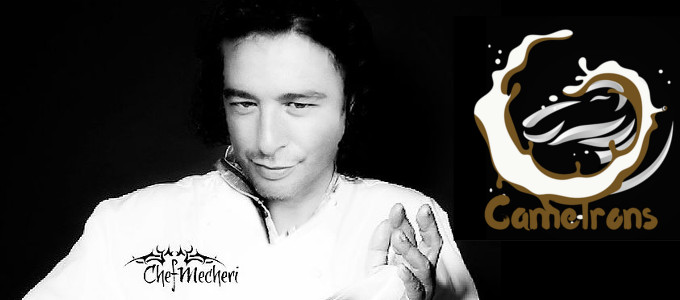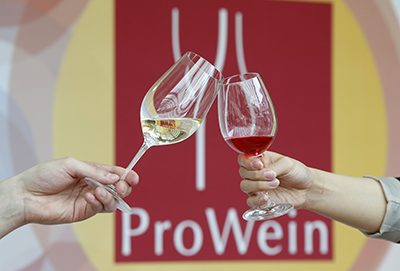After two decades in the venture capital world, I’ve been approached with all sorts of ideas: new inventions that need capital to get off the ground; new medications and treatments on the precipice of changing the world; disruptive technologies in need of funding. But for every technological, scientific, or medical breakthrough, there have been three or four restaurants looking for investors. Since founding SBV in 2002, I’ve been approached about investing in restaurants more than in any other industry. And while restaurants have proven to be profitable for SBV’s portfolio in the past, I have grown highly selective about which restaurants I put my capital behind as the hospitality industry continues to transform.
Here’s why.
To outsiders, restaurants may sound like simple and straightforward bets. Good food, good people, and a good atmosphere must yield success, right? Think again.
Even before the restaurant industry started to be disrupted by the likes of GrubHub and new fast-casual chains, restaurants have been some of the riskiest investments. A report from CNBC a few years ago concluded that 60 percent of restaurants fail within their first year of operation and 80 percent fail within their first five.
After watching this industry closely over the past two decades, I’ve created my own set of criteria and questions for evaluating whether to invest in a particular venture
Do young people like it?
If young people like it, that’s a good sign for long-term viability. A smart investor chooses the restaurants of tomorrow, not the restaurants of yesterday or today. By observing consumer behavior closely — especially among younger people — an investor can have a leg-up on others who rely too heavily on published “market trends” or “reports” from industry veterans. Sure, these reports and analyses are important, but they rarely paint the whole picture about what young people enjoy doing. By investing in what young people enjoy, you are investing in the markets of tomorrow, setting yourself up for long-term return.
Is it healthy?
Millennials and Gen Z prioritize healthy living more than prior generations. They purchase memberships to premium gyms, join sports leagues, and constantly post photos of hikes and outdoor activities on Instagram.
This change has been felt across the restaurant industry. Gone are the days of teenagers craving a burger and fries. Now, it’s cool to eat healthy. I’ve seen this in my own family. My kids would much rather have dinner at Tocaya than at Taco Bell; at Mendocino Farms than McDonalds. Observing the market, I know that my kids are not alone.
To accommodate this new market trend, I urge aspiring investors to look for restaurants that offer healthy options and easily substituted proteins. If a restaurant serves beef or chicken, how easily are those swapped for vegan options? Flexibility is important to younger audiences, especially those who adhere to particular diets like gluten free, low fodmap, vegan, and more. That way, a restaurant can keep a vegan crowd happy, without alienating those with a hankering for meat.
That’s what attracted me to invest in Tocaya, a fast-casual Mexican restaurant chain that also offers vegan, vegetarian, and gluten-free options in an upbeat and fun environment. Tocaya serves the kind of food you’d feel good about eating after a workout. With Tocaya, my bet has paid off. Since its founding in 2016, Tocaya now has 15 locations and is continuing to grow.
Atmosphere and Cleanliness
Atmosphere is just as integral to a restaurant’s success as the food that it serves.
While a bit of grime was once considered a mark of authenticity, consumers have grown increasingly unforgiving of dirty or unkempt restaurants. They don’t want to sit in booths with worn out fabric, to walk across floors sticky with mysterious substances, and they especially don’t want to use a neglected bathroom.
Instead, a successful restaurant of the 2020s should be open and inviting, clean and well-lit. A smart venue choice should be awash in natural light and use pastel or other lightly colored furniture. Every design principle reflected in the dining space should reinforce the notion that the restaurant is a safe and sanitary place to eat.
Still, one of the most common mistakes I come across in the restaurant industry is bad lighting. The “mood lighting” of yesterday feels cheesy to younger audiences, who like to be able to read their menus and see each other while eating.
Experience
Successful restauranteurs cultivate unique experiences that turn their businesses into fashion statements. I invest in the kind of restaurants that feel exclusive and trendy while still being accessible to a wide audience. These days, a restaurant that inspires an Instagram trend is just as valuable as one that earns a Michelin Star.
Successful nightlife establishments thrive by capturing this very feeling — which is one of the many reasons I like to invest in restaurants whose proprietors have significant nightlife experience. These entrepreneurs are often unafraid to flaunt typical industry norms in pursuit of novel experiences.
A good example is a new sports bar in Miami that features full bottle service. The owners, with a seasoned nightlife resume, took this fundamental aspect of clubs and appropriated it for a sports bar setting. The idea that one can watch the Dolphins game on a Sunday afternoon while being pampered with bottle service is unique. It gets people talking and posting, eager to see for themselves what the fuss is about.
Americans are eating out more than ever, and the possibility for disruption in the restaurant industry is growing as fast as their appetites.







